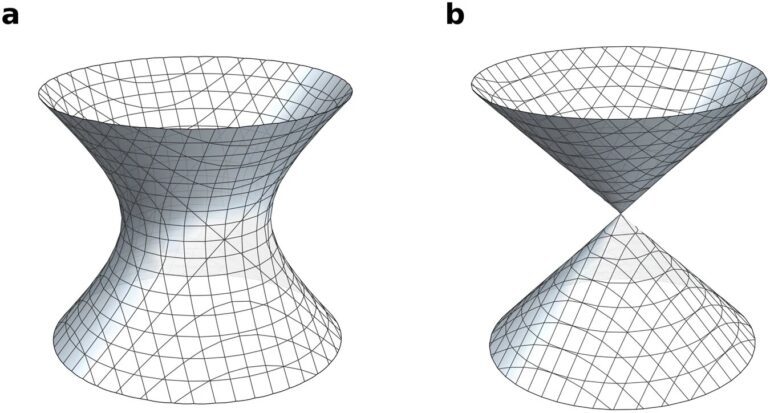TL;DR:
- Researchers from the University of Nottingham and Imperial College London use machine learning to explore atomic geometry.
- They create a periodic table for geometric shapes, assigning numerical values as “quantum periods.”
- Machine learning rapidly identifies shapes and their dimensions, transforming mathematical pattern recognition.
- AI integration promises a revolution in mathematics, with applications across various domains.
- Machine learning’s potential in pure mathematics is set to catalyze discoveries across the mathematical spectrum.
Main AI News:
In the world of mathematics, a groundbreaking revolution is unfolding, and its name is machine learning. Cutting-edge research, spearheaded by brilliant minds from the University of Nottingham and Imperial College London, is charting new territory by employing the formidable capabilities of machine learning to delve into the intricate realm of atomic geometry. This pioneering exploration is poised to usher in a wave of innovative breakthroughs that will reshape the landscape of mathematics.
The crux of this unprecedented approach lies in the profound investigation of “atomic shapes” – the foundational elements of high-dimensional geometry. This trailblazing research, recently unveiled in the esteemed journal Nature Communications, represents a paradigm shift in mathematical discovery.
The Quest for the Ultimate Geometric Table
The journey began with the ambitious goal of crafting a periodic table tailored specifically for geometric shapes. At its heart are enigmatic components known as Fano varieties, each of which is assigned a unique set of numerical values christened as “quantum periods.” These numerical sequences serve as distinctive identifiers, akin to barcodes or fingerprints, meticulously delineating the form and intricacies of each geometric shape. The pivotal breakthrough came when a novel machine learning technique was introduced to swiftly navigate through these barcodes, deciphering shapes and unveiling attributes such as their precise dimensions.
Alexander Kasprzyk, a distinguished member of the research team, sheds light on the complexity of the task, stating, “Unraveling patterns in intricate mathematical conundrums can be an arduous endeavor, with some theories taking years to crystallize.”
The AI Revolutionizes Mathematics
However, with the seamless integration of artificial intelligence, the landscape of mathematics is on the brink of a profound transformation. Professor Tom Coates affirms, “Machine learning is poised to usher in a revolution in the realm of mathematics. Our work serves as a testament to its extraordinary ability to discern patterns in the most intricate domains, spanning from algebra to geometry.”
Sara Veneziale, a dedicated Ph.D. student and co-author of this groundbreaking study, exclaims, “The burgeoning potential of machine learning in the realm of pure mathematics is nothing short of exhilarating. It is destined to catalyze a cascade of discoveries across the entire mathematical spectrum.“
This remarkable fusion of mathematics and machine learning promises to unlock the deepest mysteries of atomic geometry, pushing the boundaries of mathematical exploration and reshaping the future of the field. The journey has just begun, but the possibilities are boundless.
Conclusion:
This groundbreaking research represents a significant leap in the world of mathematics. The integration of machine learning in deciphering the complexities of atomic geometry not only has the potential to reshape the field of mathematics but also holds promise for applications across various industries, from materials science to cryptography. It signifies a new era of mathematical exploration, offering opportunities for innovation and advancement that will undoubtedly impact the market by fostering technological advancements and breakthroughs in various sectors.

